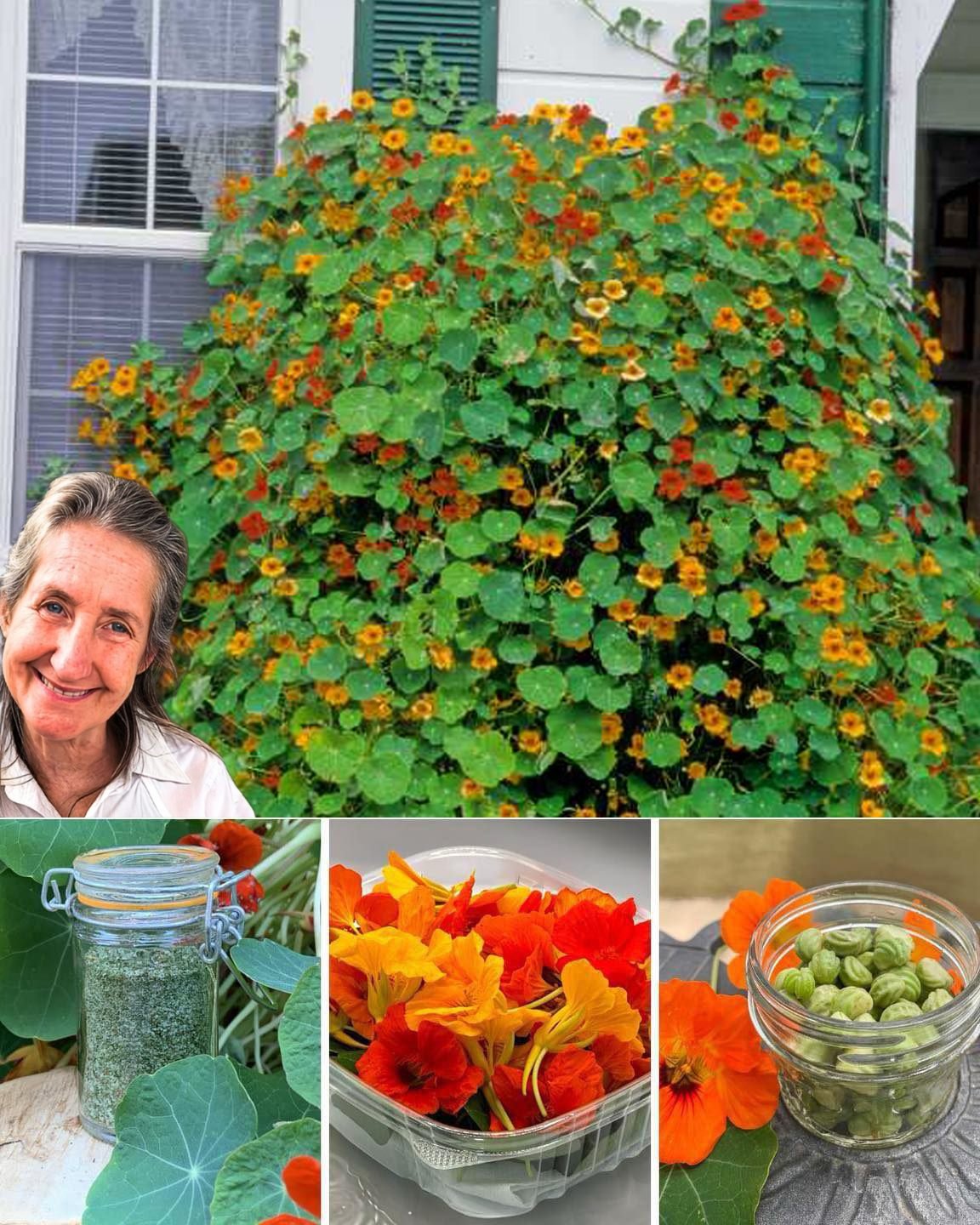When it comes to tomatoes, gardeners pull out all the stops—staking, pruning, fertilizing, and even talking to the plants. But one of the simplest and most powerful tomato hacks? Planting marigolds nearby.
Yep, those cheerful orange and yellow blooms do more than just pretty up your garden. There’s a reason seasoned gardeners tuck marigolds around their tomato beds—and once you know it, you’ll want to do the same.
Let’s dig into this colorful little secret and find out why tomatoes and marigolds are the ultimate garden BFFs.
1. Marigolds Are Natural Pest Repellents
Tomatoes attract all kinds of uninvited guests: aphids, whiteflies, tomato hornworms, and root-knot nematodes just to name a few. But guess what? Marigolds have built-in defenses that keep these pests away.
How it works:
- Scent game strong: Marigolds give off a distinct scent that confuses or repels many flying insects, especially aphids and whiteflies.
- Nematode nemesis: French marigolds in particular are known to release chemicals into the soil that kill or repel root-knot nematodes—tiny, destructive worms that chew through tomato roots.
So, think of marigolds as a floral security system for your tomato patch.
2. They Lure in the Good Bugs
While marigolds scare off the bad guys, they roll out the red carpet for helpful insects. Ladybugs, lacewings, and hoverflies love marigolds—and they also love snacking on soft-bodied pests like aphids.
By planting marigolds, you’re creating a buzzing haven for beneficial bugs that’ll patrol your tomato plants for free. Talk about organic pest control!
3. Marigolds Help Keep Weeds in Check
Once marigolds get growing, their low, bushy growth habit forms a sort of living mulch. They shade the soil and help block out sunlight, which reduces weed growth around your tomatoes.
Fewer weeds = less competition for water and nutrients = happier tomato plants.
4. They Improve Soil Health (Especially Over Time)
Some marigolds, especially Tagetes patula (French marigold), exude compounds from their roots that suppress soil-borne pathogens and improve overall soil quality. While the impact builds over multiple seasons, even one growing cycle can help balance out the microbial environment around your tomatoes.
For gardeners practicing crop rotation or no-till gardening, marigolds are a golden addition to your soil health strategy.
5. They Attract Pollinators to Boost Tomato Yields
While tomatoes don’t need bees to set fruit (they’re self-pollinating), the extra buzz from pollinators can still increase fruit production. The bright blooms of marigolds are like neon signs to bees and butterflies, drawing them in to cruise through your garden.
More pollinators = more movement = better fruit set. It’s subtle, but it helps.
6. They Add a Pop of Color and Cheer to the Garden
Alright, this one’s purely aesthetic—but let’s be honest, it matters. Marigolds bring a vibrant, classic look that makes any vegetable bed more charming. And when your tomatoes are still green or struggling? Marigolds keep things looking cheerful.
Plus, if you’re growing food in your front yard or on a patio, blending flowers and veggies just makes everything more eye-catching.
How to Plant Marigolds with Tomatoes
Ready to team up marigolds with your tomato plants? Here’s a quick cheat sheet:
- Best type: French marigolds (Tagetes patula) are the top pick. They’re compact, fast-growing, and nematode-fighting champs.
- Spacing: Plant 1 marigold every 1–2 feet around or between tomato plants.
- Timing: Start marigolds from seed indoors 4–6 weeks before your last frost, or buy nursery starts when it’s time to transplant tomatoes.
- Sun needs: Full sun, just like tomatoes.
- Watering: Regular watering keeps both plants happy, but avoid overhead watering to prevent disease.
Bonus tip: Marigolds also grow great in containers alongside patio tomatoes!
Can You Overdo It? A Quick Word of Caution
While marigolds are amazing companions, don’t overpack your garden. Give each plant enough airflow and space. Overcrowding can lead to moisture buildup and fungal problems, especially with tomatoes.
Use marigolds strategically—around the edges or between rows—and keep airflow a priority.
Final Thoughts: A Match Made in Garden Heaven
It’s no wonder gardeners swear by this classic combo. Marigolds are like tiny, sun-colored bodyguards for your tomato plants—fending off pests, calling in the good guys, and keeping things neat and thriving.
So next time you plant tomatoes, don’t forget to invite marigolds to the party. Your garden will thank you with stronger plants, fewer pests, and maybe even a better harvest.
Pin This Tip!
Marigolds + Tomatoes = Nature’s Dream Team. Want healthier harvests? This companion planting trick is the easiest place to start!



